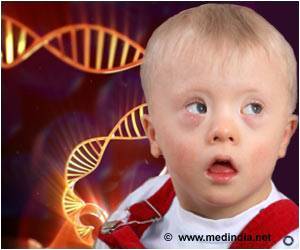A new statistical model has enabled researchers to pinpoint 27 novel genes thought to prevent cancer from forming, which could help create new cancer treatments.
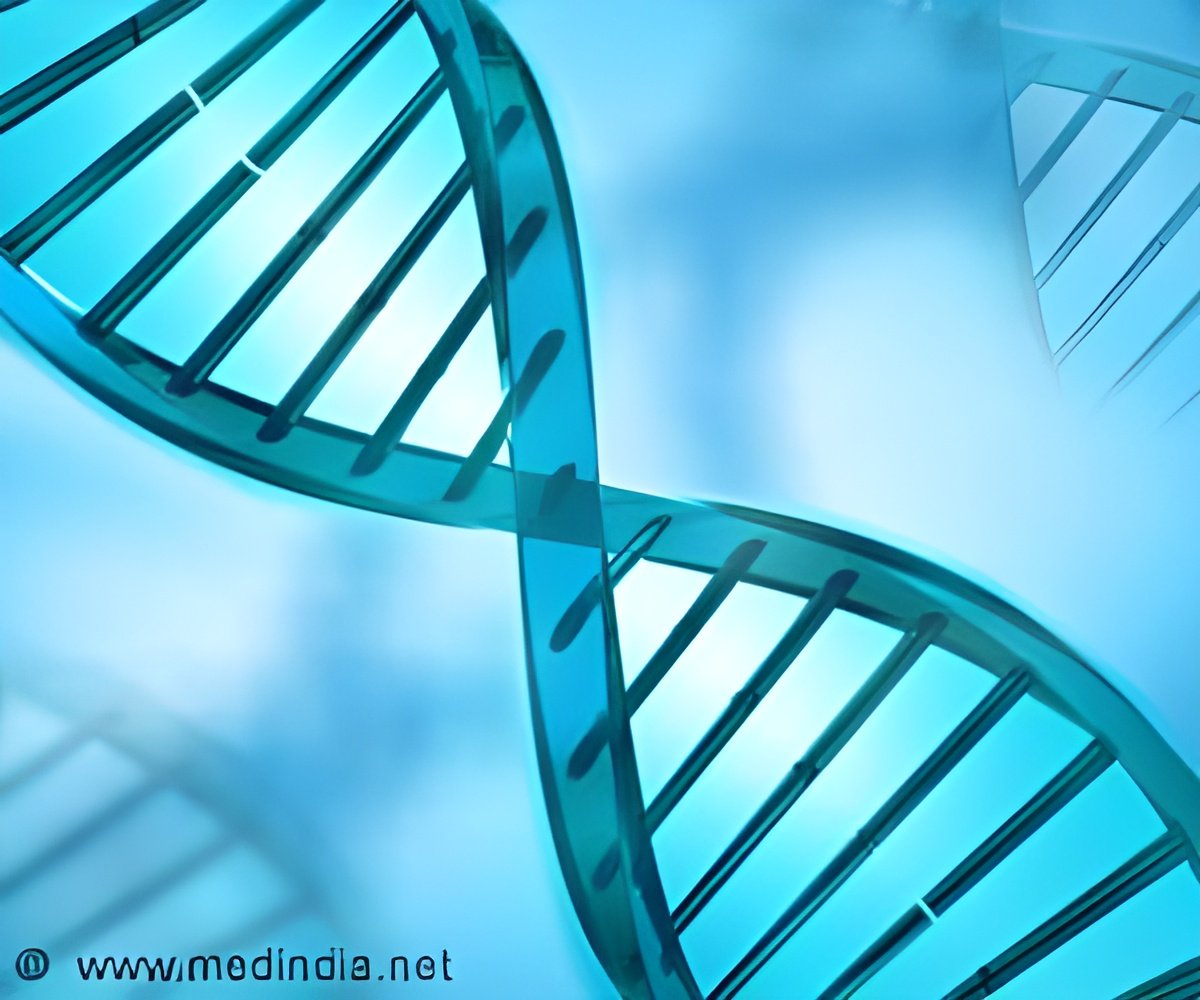
TOP INSIGHT
The computation analysis tool identified rare tumour suppressor genes that when lost in mutated cells, cause cancer.
We have two copies of tumour suppressor genes in all of our cells to prevent them from turning cancerous. Similar to the two sets of brakes on a bicycle, both copies of the gene need to be lost in order to release the 'brakes' on tumour formation.
These double gene copy deletions can provide clues for tumour suppressor genes in cancer. However, cancer samples normally contain both healthy cells and cancerous cells in unknown proportions, making it difficult to work out if just a single copy or both copies of the gene have been lost in the cancer cells. In addition, it can be difficult to distinguish between harmful deletions of tumour suppressor genes and non-harmful deletions of other genes at fragile sites along the genome.
The team developed computational tools to overcome these issues and used them to analyse 2,218 tumours from 12 cancer types including breast, lung and bowel cancers. By determining the relative proportions of cancerous and healthy cells in each sample, they could work out the number of copies of each gene in the cancer cells. This analysis revealed 96 regions of the human genome that are frequently lost during tumour development.
The analysis also revealed that harmful tumour suppressor gene deletions have a different 'DNA footprint' to non-harmful deletions, which tend to be much smaller. This enabled the researchers to categorize the 96 deletions, revealing 16 previously known tumour suppressor genes, and 27 new ones
"Cancer genomics is a growing area of research, and the computational tools we use are a powerful way to find new genes involved in cancer."
Source-Eurekalert
 MEDINDIA
MEDINDIA
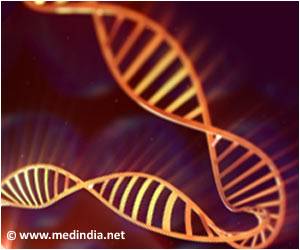

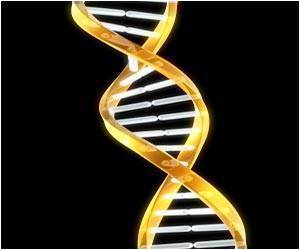
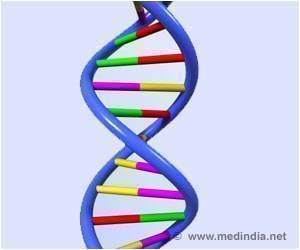
 Email
Email






